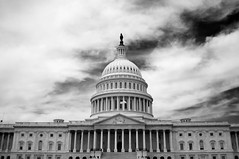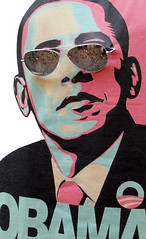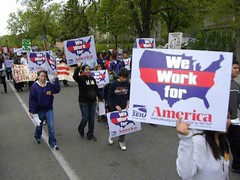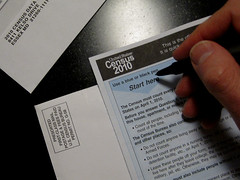Sociologist Charles A. Gallagher recently wrote an Op-Ed for the Philadelphia Inquirer that expressed concern about the belief that racial equality has been achieved in the U.S.
With some minor caveats, what has moved to center stage in our national dialogue on race is the idea that the goals of the civil rights movement have been achieved, with Exhibit A being the election of the first black man as president of the United States. White Americans can point to President Obama as proof of this new racial egalitarianism, cementing the widespread belief that we are indeed a color-blind nation and that white privilege is a prerogative of the past.
And that’s not all.
Consider these figures from polls of white Americans: 71 percent were satisfied with the way society treats blacks (Gallup 2007); 43 percent said that racial discrimination toward blacks is not serious; 55 percent believe that racism is not widespread, but 42 percent believe racism against whites to be widespread (Gallup, 2007, 2008). A 2010 New York Times poll found that close to half, 48 percent of whites, agreed with the statement that “discrimination against whites has become as big a problem as discrimination against blacks and other minorities.”
Gallagher counters the idea that America has become a color-blind nation by explaining that every quality of life indicator (on health, employment, incarceration, longevity, etc.) varies by race, “with racial minorities being on the short end of the stick.”
Yet, with many Americans viewing color-blindness as an accepted social fact, race-conscious policies and actions may be construed as reverse racism against whites.
I have witnessed such pushback, almost exclusively from my white students, when discussing racial inequality in the university classroom. Students challenge any talk about institutional racism with the “What about Obama?” retort, which implies we are beyond race because there is a black man in the White House. This is a fair question from 18-year-old college students, many of whom were raised in almost exclusively white, middle-class suburbs. But we must realize that for many whites of all ages, “What about Obama?” is now the default answer to questions about racial equality in the United States.
Check out the full Op-Ed here.





 The
The 

